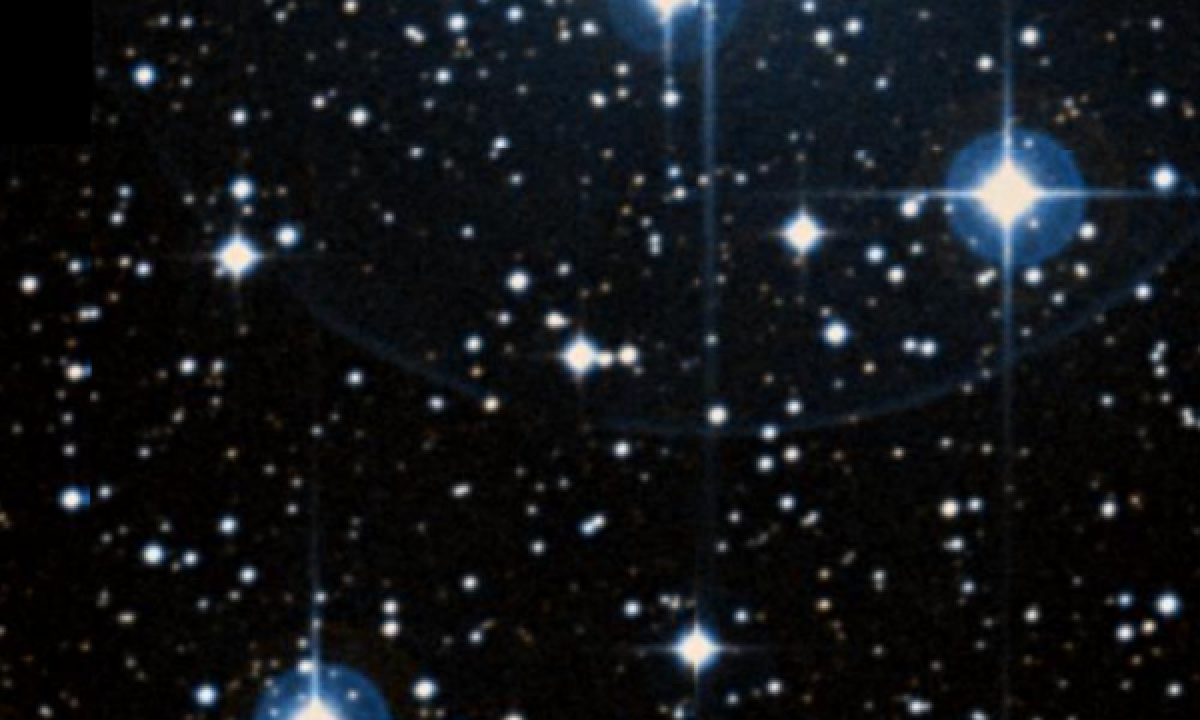The New General Catalogue of Nebulae and Clusters of Stars (abbreviated as NGC) is a catalogue of deep-sky objects compiled by John Louis Emil Dreyer in 1888. The NGC contains 7,840 objects, known as the NGC objects. It is one of the largest comprehensive catalogues, as it includes all types of deep space objects, including galaxies, star clusters, emission nebulae and absorption nebulae.
Know more about NGC
NGC 2232

NGC 2232 is a bright open star cluster in the equatorial constellation of Monoceros, centered on the star 10 Monocerotis. It is located in the Gould Belt close to the Orion Nebula cluster, at a mean distance of 1,060 ly from the Sun. The average radial velocity of the cluster members is 26.6±0.77 km/s. This is one of the nearest open clusters to the Sun, which makes it a potentially useful target for studying young stars and their transition to the main sequence. The cluster has an angular radius of 36′ and a core angular radius of 7.2′. It is a sparse cluster with twenty high–probability members. This is considered a super-solar cluster, with the components generally having a higher abundance of iron compared to the Sun. The mean metallicity is 0.22±0.09 or 0.32±0.08, depending on what assumptions are made. At least four cluster members display an infrared excess at a wavelength of 8μm that is suggestive of warm dust, while the A-type star HD 45435 displays a strong excess at 24μm. The latter may indicate the star is in an early evolutionary state. Only one member of the cluster appears to be chemically peculiar.
More Images:

Sources:
Wikipedia Page: NGC 2232
NGC 2232 at In-The-Sky website
